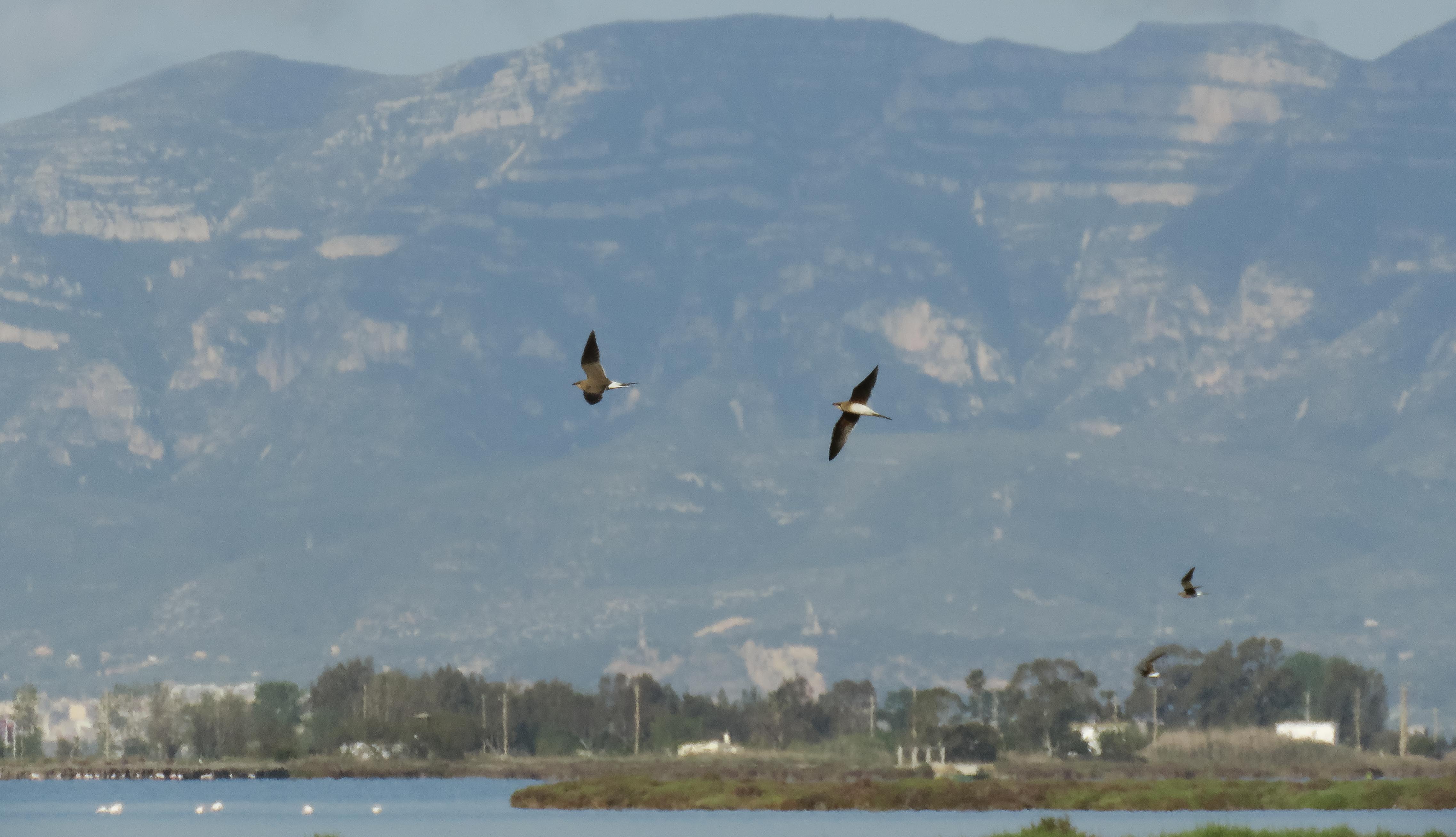Our first full day home and it was nice calm conditions to be out birding. I opted to complete my three Twite crop surveys finding a Little Bunting in the first. The day then got even better, as after being joined by Robbie, he picked out a very smart Northern Long-tailed Tit along the burn at Valyie - the first that I've seen on Unst. It transpired that Magnus had seen it too. As Robbie had also seen the lingering Firecrest at Clingera, we successfully saw it virtually at dusk, also being the first that I've seen on the island.
Norwick: Water Rail, Woodcock, 8 Blackbird, 6 Redwing, Robin, Blackcap, Lesser Whitethroat, 3 Chiffchaff, Goldcrest, Northern Long-tailed Tit, 2 Tree Sparrow, 2 Chaffinch, 15 Brambling, 2 Greenfinch, Mealy Redpoll & Little Bunting.
With something of an irruption of Northern Long-tailed Tits taking place across Norway, including 150 seen migrating on Fedje (being virtually due east of Unst) on the 19th October, a few have also reached Shetland in recent days – the first since 2016. On eliminating the possibility of vagrant caudatus x europaeus intergrades, the key identification feature is the wholly white head. Some, including (Jansen & Nap 2008) treat any showing the merest trace of grey on the head as ‘intermediate birds’ whilst others, including (Kehoe 2006) note that some pure caudatus do show some faint grey streaking on the head-sides behind the eye. Images of some of the birds photographed in Norway (to the north of the zone of intergradation mapped here) in recent days are showing such faint grey streaking e.g. https://www.artsobservasjoner.no/Image/3231149.




















